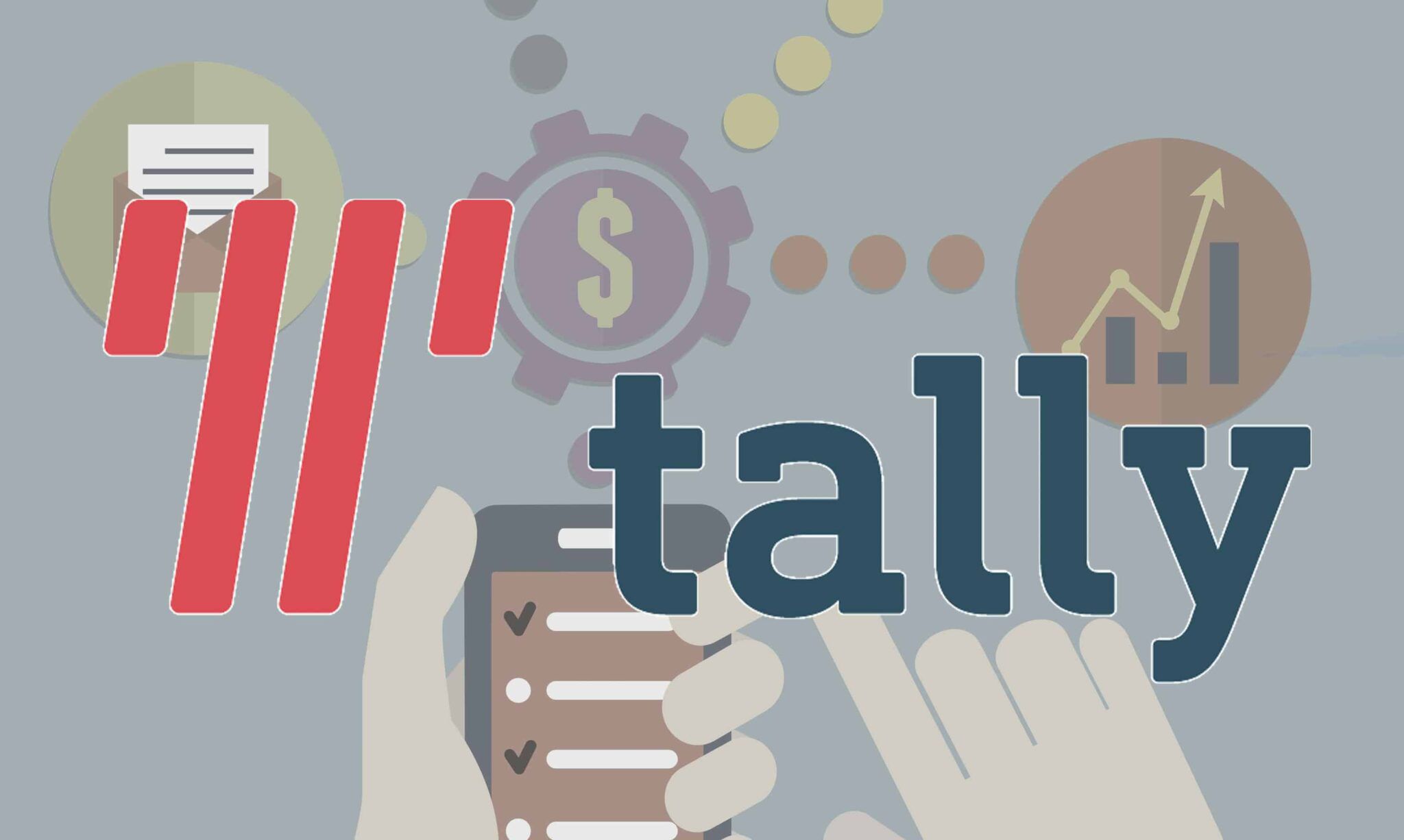

Finance
When Does Credit Line Reset
Published: January 7, 2024
Learn about when your credit line resets and how it affects your finances. Discover the importance of understanding credit limits and managing your finances wisely.
(Many of the links in this article redirect to a specific reviewed product. Your purchase of these products through affiliate links helps to generate commission for LiveWell, at no extra cost. Learn more)
Table of Contents
Introduction
If you have ever applied for a credit card or a line of credit, you may have come across the term “credit line reset.” But what does it actually mean? In simple terms, a credit line reset refers to the process of restoring your available credit limit back to its original or maximum value after it has been fully utilized or decreased.
This feature is essential for credit card users who regularly make purchases or utilize their credit lines. It provides flexibility and allows individuals to continue using their cards or lines of credit once they have reached their limit. Understanding how and when your credit line resets can help you manage your finances more effectively and make informed decisions about your credit utilization.
In this article, we will dive into the details of credit line resets, exploring the factors that affect their frequency and the impact they can have on your credit score. We will also provide you with some valuable tips on managing your credit lines to maintain a healthy financial profile.
What is a Credit Line Reset?
A credit line reset is a process that allows your available credit limit to be replenished to its original or maximum value. It typically occurs after you have fully utilized or decreased your credit line. This means that once your credit line resets, you will have access to the full credit limit again, allowing you to make additional purchases or borrow more money.
The specific conditions and timing of a credit line reset can vary depending on the financial institution and the type of credit product you have. For example, with a credit card, the credit line reset may occur at the beginning of your billing cycle, usually on a monthly basis. This means that if you have utilized your entire credit limit during the previous billing cycle, your credit line will reset at the start of the new cycle, and you will once again have access to the full limit.
In cases where you have a line of credit instead of a credit card, the credit line reset may occur based on specific terms agreed upon with the lender. This can involve different time intervals, such as monthly, quarterly, or annually.
It is important to note that not all credit products have the feature of a credit line reset. Some loans, for example, have a fixed borrowing amount and do not replenish after being repaid.
The purpose of a credit line reset is to provide users with continuous access to credit, ensuring that they can conveniently make purchases or borrow funds within their approved credit limit. It offers flexibility and convenience for individuals who rely on credit for their everyday expenses or financial needs.
Factors Affecting Credit Line Reset
Several factors can influence the frequency and conditions of a credit line reset. Understanding these factors can help you anticipate and plan your credit utilization effectively. Let’s take a closer look at some of the key factors:
1. Type of Credit Product: Different types of credit products have varying rules regarding credit line resets. Credit cards typically have monthly billing cycles, and the credit line resets at the beginning of each cycle. Lines of credit, on the other hand, may have different reset intervals, such as monthly, quarterly, or annually.
2. Creditworthiness: Your creditworthiness, including your credit score and payment history, can impact your eligibility for a credit line reset. Lenders may assess your financial behavior and determine whether you have demonstrated responsible credit management before granting a reset. Those with a strong credit history may have a higher likelihood of receiving regular credit line resets.
3. Customer Relationship: Loyal and long-standing customers with a particular financial institution may receive more generous credit line reset privileges. Banks and credit card issuers often reward loyal customers by providing more favorable terms and conditions, including more frequent credit line resets.
4. Requested Credit Limit Increases: In some cases, you may request a credit limit increase on your credit card or line of credit. If approved, the new credit limit will reflect your increased borrowing capacity, and the credit line reset will occur based on the updated limit.
5. Utilization of Credit Line: The extent to which you regularly utilize your credit line can affect the frequency of credit line resets. If you consistently reach or exceed your credit limit, it may signal to the lender that you need a higher limit or more frequent resets. However, relying heavily on credit and regularly maxing out your credit limit can also negatively impact your credit score.
It’s important to consult with your financial institution or review the terms and conditions of your credit product to understand the specific factors that may affect the credit line reset process.
Credit Line Reset Frequency
The frequency of credit line resets can vary depending on the type of credit product and the terms set by the financial institution. Here are some common patterns for credit line reset frequency:
1. Monthly Resets: Many credit cards have a monthly billing cycle, which means that the credit line will reset at the beginning of each month. If you have fully utilized your credit limit during the previous billing cycle, the reset will provide you with access to the full limit again. This monthly reset allows for regular credit utilization and ensures that you have access to credit on an ongoing basis.
2. Quarterly Resets: Some lines of credit, particularly those offered by banks or lenders, may have a quarterly reset frequency. In this case, the credit line resets every three months, providing borrowers with the opportunity to access their full credit limit again. This slower reset frequency may be more suitable for individuals who have lower credit needs or prefer to manage their credit utilization over a longer period.
3. Annual Resets: Certain lines of credit, such as those associated with home equity loans or business lines of credit, have an annual reset. This means that the credit line is reset once a year, typically on the anniversary of the account opening or the loan disbursement. Annual resets can offer greater stability and predictability in credit management, allowing borrowers to plan their finances accordingly.
It’s important to note that the specific reset frequency may vary based on the financial institution’s policies and the agreement you have with the lender. To determine the exact reset frequency for your credit product, refer to your credit card statement, line of credit terms, or contact your lender for more information.
Managing credit line resets involves being responsible with your credit utilization and understanding the timing of resets. It’s crucial to avoid maxing out your credit limit and regularly monitor your spending to maintain a healthy credit profile.
Impact of Credit Line Reset on Credit Score
Credit line resets can have both positive and negative impacts on your credit score. Understanding these effects can help you make informed decisions about managing your credit lines. Here are some key points to consider:
1. Utilization Ratio: The utilization ratio, or the amount of credit you have used compared to your total credit limit, is a significant factor in determining your credit score. When your credit line resets and you have access to the full limit again, it can improve your utilization ratio. Lower utilization ratios generally have a positive impact on credit scores, as they indicate responsible credit management.
2. Payment History: Credit line resets do not directly affect your payment history. However, if you consistently reach or exceed your credit limit before it resets, it might signal financial instability or overdependency on credit. Late payments or consistently maxing out your credit limit can negatively impact your credit score and may make lenders view you as a higher credit risk.
3. Credit Age: The length of time you have held your credit accounts, including credit lines, is an essential factor in credit scoring. If you frequently open new credit lines or reset your existing lines, it can affect the average age of your credit accounts. Rapid changes in credit age might be perceived as a higher credit risk and can potentially lower your credit score.
4. Credit Inquiries: Resetting your credit line generally does not result in a hard credit inquiry, which can temporarily lower your credit score. However, if you request a credit line increase or apply for a new credit product in conjunction with a reset, it may result in a hard inquiry. Multiple hard inquiries within a short period can impact your credit score.
It’s essential to use credit line resets responsibly and avoid excessive debt accumulation. Regularly monitoring your credit utilization and striving to maintain a low utilization ratio can positively impact your credit score over time.
Remember, while credit line resets may provide temporary relief and increased borrowing capacity, it’s crucial to maintain a balanced approach to credit management to ensure a healthy credit profile.
Tips for Managing Credit Lines
Effectively managing your credit lines is crucial for maintaining a healthy financial profile and maximizing the benefits of credit. Here are some helpful tips to keep in mind:
1. Understand Your Credit Terms: Familiarize yourself with the terms and conditions of your credit lines. This includes knowing the reset frequency, interest rates, fees, and any other relevant information. Being aware of these details will help you make informed decisions about your credit utilization and avoid unnecessary penalties.
2. Set a Budget: Before making a purchase or using your credit line, establish a budget to ensure that you can comfortably repay any borrowed amount. Having a budget in place will help you avoid overspending and minimize the risk of reaching your credit limit.
3. Monitor Your Credit Utilization: Regularly monitor your credit utilization ratio. Aim to keep your utilization below 30% of your available credit limit. This demonstrates responsible credit management and can positively impact your credit score. Consider paying multiple times throughout the month to keep your utilization ratio low and within a manageable range.
4. Avoid Maxing Out Your Credit Limit: While credit line resets provide temporary relief, it is important to avoid consistently maxing out your credit limit. Maxing out your credit can signal financial instability and negatively impact your credit score. Instead, aim to use your credit lines responsibly and maintain a healthy balance between borrowing and repayment.
5. Regularly Review Your Statements: Take the time to review your credit card or line of credit statements regularly. Check for any unauthorized charges, errors, or discrepancies. If you notice any issues, report them to your financial institution immediately to prevent further complications.
6. Make Timely Payments: Paying your credit card bills or line of credit installments on time is crucial for maintaining a positive credit history. Late or missed payments can result in late fees, increased interest rates, and damage to your credit score. Set up automatic payments or use reminders to ensure you never miss a payment deadline.
7. Limit Credit Inquiries: Be cautious about applying for multiple credit lines or increases within a short period. Each credit inquiry can result in a temporary dip in your credit score. Carefully consider your credit needs before submitting applications and try to space them out to minimize the impact on your credit score.
By following these tips, you can manage your credit lines effectively, maintain a healthy credit profile, and make the most out of your available credit.
Conclusion
Credit line resets play a vital role in managing credit and provide individuals with the flexibility to access their full credit limits after reaching their initial borrowing capacity. Understanding how and when credit line resets occur is essential for effectively managing your credit lines and maintaining a healthy financial profile.
Factors such as the type of credit product, creditworthiness, customer relationship, and credit utilization can impact the frequency and conditions of credit line resets. It’s important to be aware of these factors and review the terms and conditions of your credit product to understand how they affect your credit line reset process.
Credit line resets can have both positive and negative impacts on your credit score. On one hand, they can improve your utilization ratio and provide more convenient access to credit. On the other hand, frequent resets or excessive credit utilization can negatively impact your credit score and creditworthiness.
To manage your credit lines effectively, it’s crucial to set a budget, monitor your credit utilization, avoid maxing out your credit limit, and make timely payments. Regularly reviewing your statements and limiting credit inquiries can also contribute to maintaining a healthy credit profile.
By following these tips and practicing responsible credit management, you can make the most out of your credit lines, maintain a good credit score, and achieve your financial goals.














